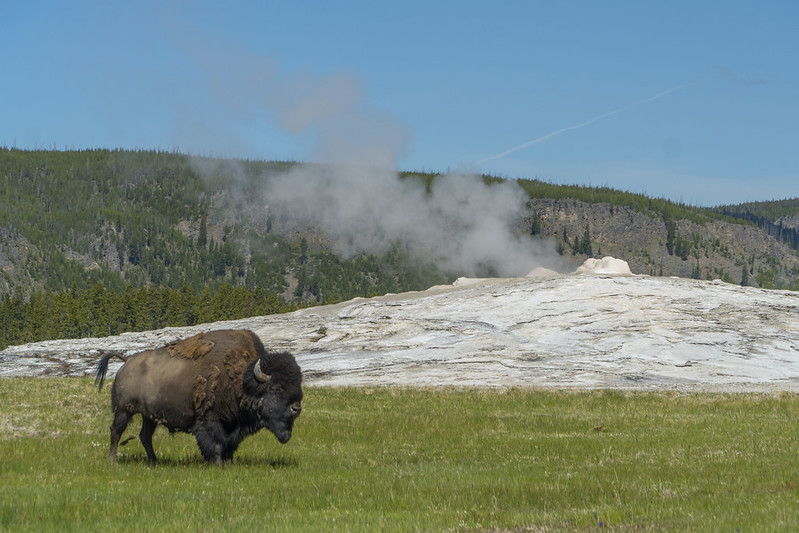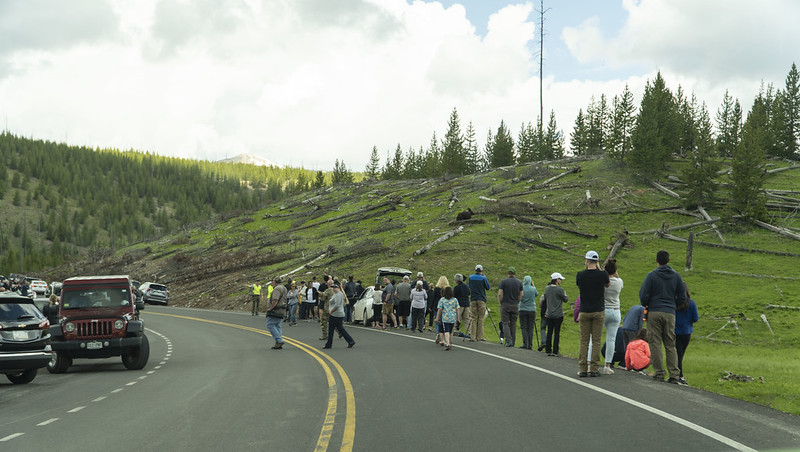Research & Education
Leave No Trace Wildlife Research in Yellowstone And Grand Teton National Parks Addresses Safe Distances


Wildlife face major threats, whether at risk due to wildfire, food habituation—like those pesky squirrels that get a little too comfortable stealing your picnic—or when we are space invaders with animals like bison to snap selfies. This week Leave No Trace is providing you with new information, tips and tricks based on our state-of-the art research to ensure you have the tools you need to be bear—or just chipmunk—aware!
The Research
Every year, millions of people visit parks and protected areas to view wildlife. Leave No Trace conducted new research in Grand Teton National Park in 2021. Human-wildlife conflicts typically occur when people approach animals at inappropriately close distances. To study this behavior, Leave No Trace erected life-size, realistically rendered cardboard bison (see below). In the Tetons, bison are involved in more dangerous interactions than any other species in the Greater Yellowstone Ecosystem, and most of these incidents occur when people approach bison from less than the required 25-yards.

To find out more about what communications will shift people’s actions, Leave No Trace, in partnership with Pennsylvania State University, conducted research to explore the effectiveness of these messages right now and how they might be improved. This study will also explore the effect that emotions have on park visitors’ ability to estimate distances. Then, Leave No Trace headed to Yellowstone national park to do similar research to inform solutions for land managers, and all of us, to increase safety for us and the wildlife in question.
6 Things you can you do right now?
- Observe wildlife from a distance. If you’re not quite sure what a safe distance means, start by using the “thumb trick.” Make a thumbs up, extend your arm all the way, close one eye, and see if you can hide the animal with your thumb. If you can’t hide the entire animal with your thumb take a few steps back and try again. When you can hide the whole animal, this means you are a safe distance from wildlife.
- Never feed animals. Feeding wildlife damages their health, alters natural behaviors, and exposes them to predators and other dangers.
- Protect wildlife and your food by storing rations and trash securely.
- Control pets at all times or leave them at home.
- Avoid wildlife during sensitive times: mating, nesting, raising young, or winter.
- You can play a role in funding Leave No Trace’s wildlife research by joining, renewing or donating to Leave No Trace today.

Follow our Facebook, Instagram, Twitter or LinkedIn pages to learn more.
Let’s protect and enjoy our natural world together
Get the latest in Leave No Trace eNews in your inbox so you can stay informed and involved.
